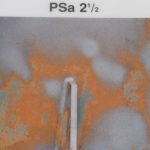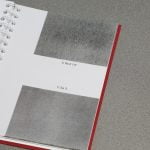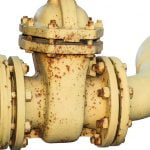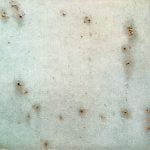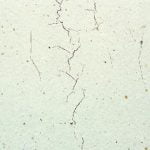It’s all in the report…
Reports, and the accompanying collection of supporting documentation, are the final stage in advising a client of the findings of a coating survey. They must be accurate, written in plain English and thorough in their scope.
Documentation
The volume and type of documentation required to establish the history of a coating system prior to a survey usually depends on the reason for the survey. For example, if the survey is an annual walk around to report on the visual condition of the coating system, then the documentation may be limited to the specification, previous survey reports and maintenance reports.
However, a more extreme survey – for instance, a cargo tank coating failure onboard a ship – will require wider documentation to include specification, previous survey reports and surface preparation and paint application records together with cargo and tank cleaning records. Coating failure investigations in a chemical plant or other complex structure will also need to be supported with comprehensive documentation.
Reports
An effective report should convey the survey findings to the client in a way that is easy-to-understand, factual, technically correct and error free. It should also address the terms of reference. While the format and complexity may vary depending on the type of survey carried out, the report should at least include:
• A front page containing the title, author, project number and contact details
• A table of contents to detail what the report covers
• An executive summary covering key points and conclusions
• An introduction describing the survey site, location, dates of the survey, personnel involved and client
• Terms of reference (or scope) to explain the reason for the survey and its objectives and including instructions from the client
• A background and chronology of events in a history section
• Descriptions of the coatings from the technical data sheets, surface preparation details and information on coating systems in a specification section
• Survey methodology and results
• Descriptions of the samples taken, analysis techniques used in the laboratory, and results
• A discussion section covering an explanation, interpretation and exposition of the findings
• A record of photography should also be made along with sections containing appendices and references
• The conclusion is an important part of the report and should summarise the findings. In the case of a failure investigation, the conclusions can only be compiled when all the research and laboratory work has been completed
Full advice on documentation and reporting is available at Fitz’s Atlas of Coating Surveys at https://fitzsatlas.com/


